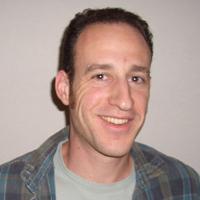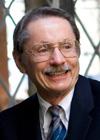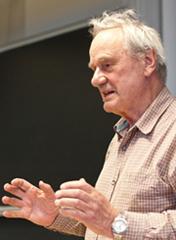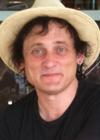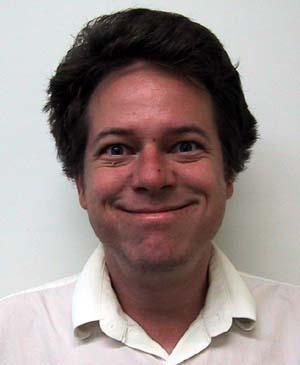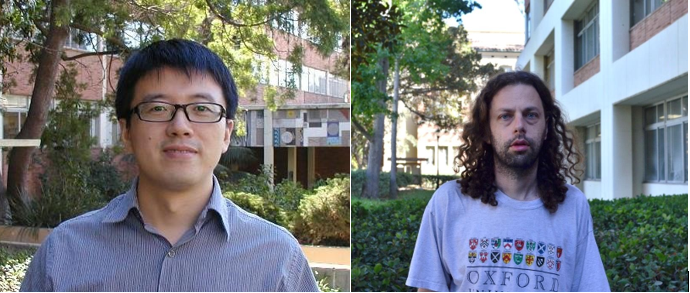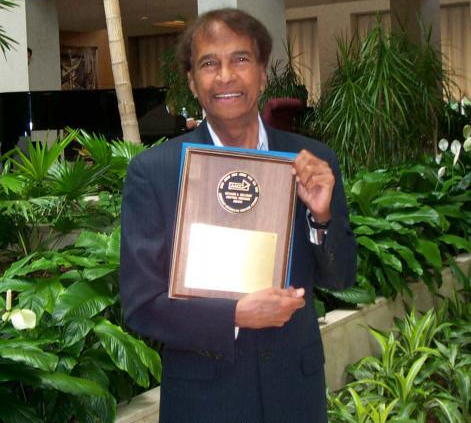John “Ernie” Esser died Sunday, 8 March 2015, at a hospital in Reykjavik, Iceland, of complications from the flu and pneumonia, which he suffered on a flight home from Europe.
Ernie was a mathematician who grew up in Bothell and graduated from the University of Washington and UCLA. He was born May 19, 1980, in Seattle, the day after Mount St. Helens erupted. Ernie attended Northshore schools and graduated from UW in 2003 with degrees in math, applied math, and Italian, the native language of his mother.
Ernie earned his mathematics Ph.D. from UCLA in 2010 and did postdoctoral research at the University of California Irvine until 2013. He was currently working as a postdoctoral fellow at the Seismic Laboratory for Imaging and Modelling (SLIM) at the University of British Columbia.
Ernie is survived by his parents, Doug and Rita Esser of Bothell, his brother Mike of Bellevue, uncles, aunts, and cousins. He had countless friends.
SLIM Lab director Felix J. Herrmann said Ernie “was a fantastic researcher working on a wide variety of problems ranging from full-waveform inversion to blind-deconvolution. Ernie was an extremely enthusiastic and extremely talented researcher who was, above all, immensely generous with his time and ideas.”
His friend Samuel Coskey said, “But what made Ernie exceptional to me was that he was never, ever, mean or nasty or cynical about anything. Period. He was always saying things that make you feel good.”
Ernie liked everywhere, played soccer, hiked, flew boomerangs, and made wine and mead to share with friends.
He maintained close ties with his UW mentor, math Professor James Allen Morrow, and returned each spring to conduct a “Why boomerangs come back”
presentation at the UW Math Day program for high school students.
Remembrances may be made to support Math Day here.

